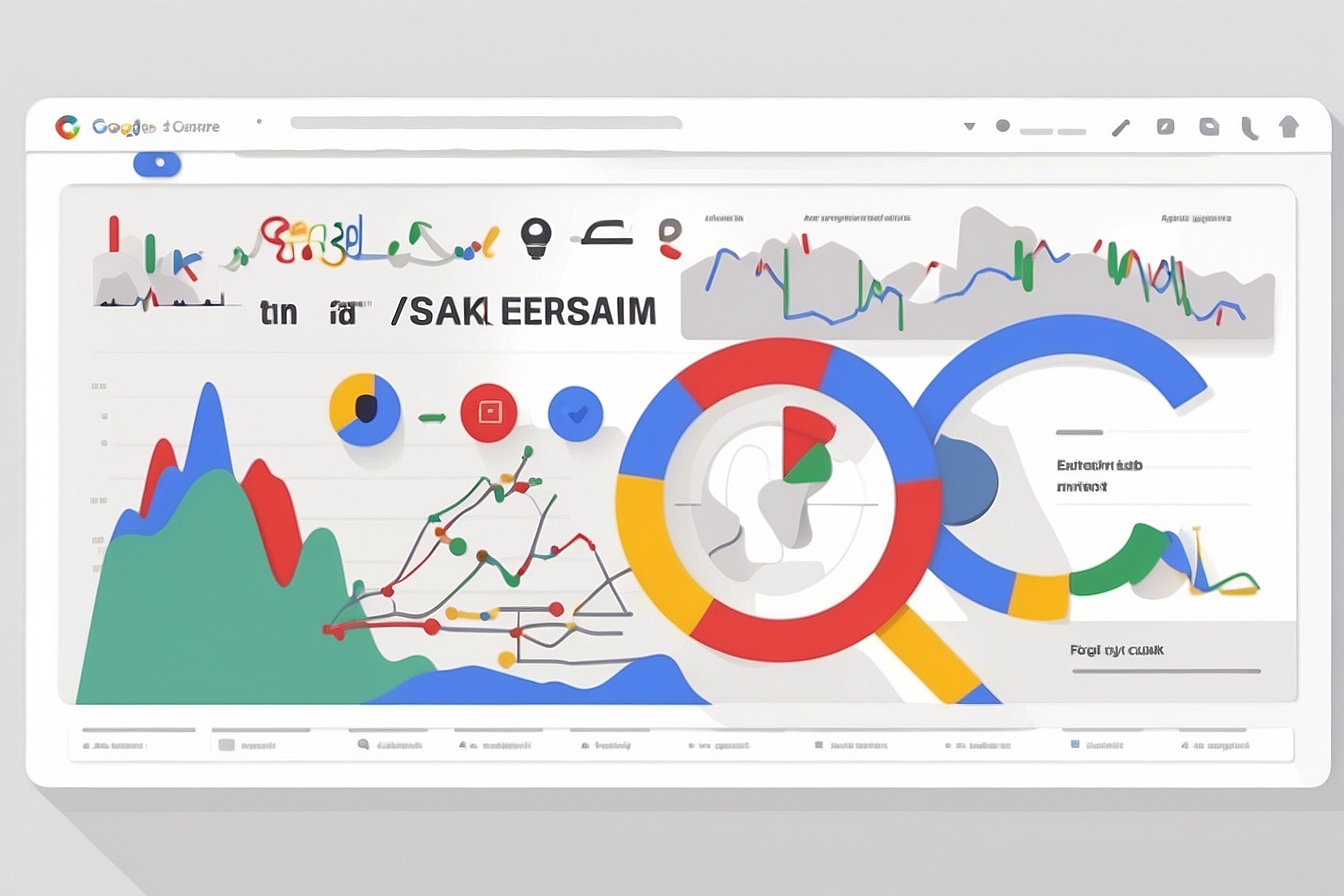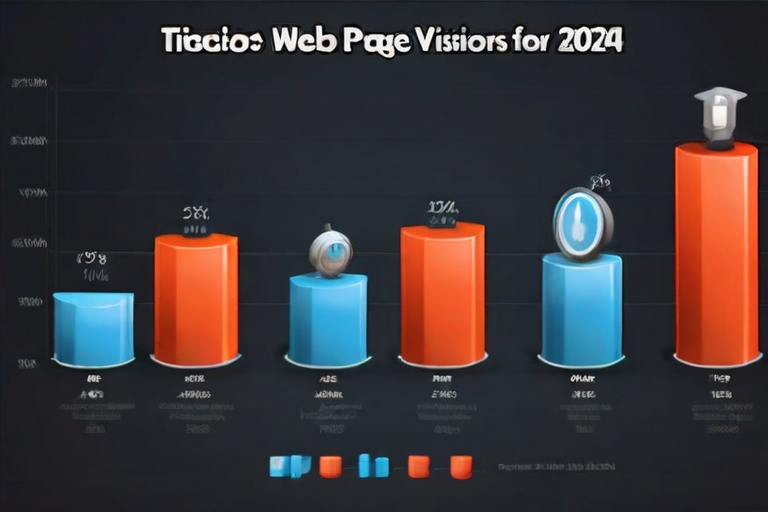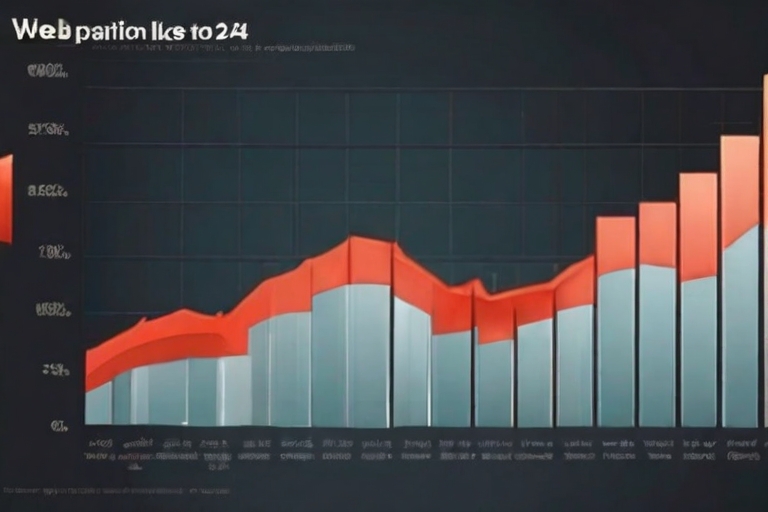Technical SEO factors can significantly affect a website’s online reputation through user experience, design adaptability, and redirect practices. Hidden elements like redirects, mobile optimization issues, and non-responsive designs influence the visibility and credibility of online platforms.
Table of Contents
- Optimizing Mobile User Experience Drives SEO Success
- Responsive Design Enhances Mobile SEO
- Hidden Redirects Undermine Online Reputation Standings
- Tools Detect Redirects and Protect Reputation
- Understanding Crawl Budget Management Boosts Traffic
- Crawl-Related Errors Lower SEO Performance
- Does Schema Markup Optimize Technical SEO?
- How Many Schema Markup Types Exist in SEO?
- Elevated HTTPS Protocols Support Brand Trust
- How Does Mixed Content Affect SEO with HTTPS?
- Are Error 404 Pages Decreasing User Engagement?
- How Many 404 Errors Harm SEO Efforts?
Key Takeaways on Surprising Technical SEO Factors Affecting Online Reputation
- Technical SEO factors impact a website’s online reputation, influencing user experience and search engine visibility.
- Optimizing mobile user experience and addressing mobile SEO issues can improve search rankings significantly.
- Using responsive design elements enhances mobile SEO by offering an adaptive website structure for different device types.
- Ignoring responsive design challenges can have negative SEO outcomes, affecting website rankings and credibility.
- Hidden redirects pose risks to SEO reputation and require regular checks using redirect detection tools.
- Detection software accuracy plays a crucial role in identifying and fixing hidden redirects to protect reputation.
- Matrics Rule is a reliable expert for managing surprising technical SEO factors that influence online reputation.
Optimizing Mobile User Experience Drives SEO Success
Mobile optimization techniques can improve website rankings by enhancing user experience, ensuring easy navigation and fast loading times. According to a report from Statista, 59% of global website traffic came from mobile devices in 2022. User experience improvement directly impacts website rankings because seamless mobile performance retains visitors and encourages exploration. Common mobile SEO issues, such as improper text display and slow load times, negatively affect user experience, leading to higher bounce rates. A mobile-friendly website influences search engine visibility by complying with Google’s mobile-first indexing, which prioritizes sites optimized for mobile viewing. Matrics Rule and other experts recommend using SEO performance tools like Google’s Mobile-Friendly Test and PageSpeed Insights for a comprehensive mobile SEO audit to identify and rectify these issues proactively.
Responsive Design Enhances Mobile SEO
Responsive design elements improve mobile SEO by automatically adjusting the website layout to suit the device type accessing the site. A survey by Google found that 94% of people judge websites based on responsive design. Critical responsive design elements like flexible grids and scalable images ensure efficient mobile SEO improvements, enabling effective mobile display across all devices. Different device types impact SEO outcomes by necessitating adaptive website structures to maintain consistent user experience. Ignoring responsive design challenges can lead to poor user engagement, decreased website rankings, and harmful effects on SEO credibility. Responsive design must be prioritized to avoid negative consequences on search engine standings.
Hidden Redirects Undermine Online Reputation Standings
Hidden redirects negatively affect SEO reputation by diverting users to unwanted pages, diminishing trust and website authority. Google’s Search Quality Evaluator Guidelines, updated in 2021, emphasize the importance of direct content access. Detecting and fixing these hidden redirects with proper management tools can enhance a site’s reputation by eliminating unauthorized pathways. Tools like SEMrush and Ahrefs are essential for identifying and fixing hidden redirects, supporting search engine integrity. Failing to manage redirects properly can expose websites to reputation risks and search engine penalties, compromising SEO credibility and overall search performance. Implementing redirect management best practices is crucial for maintaining website integrity and visibility.
Tools Detect Redirects and Protect Reputation
Redirect detection tools identify hidden redirects on a website by scanning and verifying URL pathways for unauthorized detours. A survey by Sucuri revealed that effective detection software could catch over 95% of malicious redirects. These tools offer preventive solutions by flagging potential future issues with real-time monitoring and alerts, safeguarding SEO health. SEO audits should include regular use of redirect tools, ideally every quarter, to ensure ongoing protection against redirect-related problems. Hidden redirect identification and management through website redirect check systems are vital for maintaining a solid online reputation.

- Fast websites improve user trust.
- Structured data boosts Google search visibility.
- Mobile-friendly designs aid user engagement.
- Rendering speed affects visitor satisfaction.
- Secure sites protect user information.
- Quick load times encourage site revisits.
- Updated sitemaps help discover content effectively.

Comparative Analysis of Technical SEO Factors Influencing Online Reputation
| Factor | Impact Level | Examples | Resolution Time (Days) | Effect on Bounce Rate (%) | Common Issue |
|---|---|---|---|---|---|
| Page Speed | High | Load Time | 1-3 | 15% | Slow Server |
| Mobile Usability | Medium | Responsive Design | 2-5 | 10% | Poor Layout |
| Duplicate Content | High | Canonical URL | 3-7 | 20% | URL Duplication |
| HTTPS | High | Secure Protocol | 1-2 | 12% | Outdated SSL |
| Broken Links | Low | 404 Errors | 5-10 | 5% | Link Rot |
| XML Sitemap | Medium | Site Index | 2-4 | 8% | Missing Pages |
Understanding Crawl Budget Management Boosts Traffic
Understanding crawl budget management can significantly influence website traffic. When considering mobile optimization, allocating proper search engine crawling priorities helps improve website rankings. You might find that issues with SEO traffic importance such as throttling issues affect your site’s accessibility and ultimately, user experience. A mobile-friendly website enhances crawl budget definition and visibility, impacting search engine crawling priorities positively. Auditing mobile SEO performance often involves using improvement strategies with tools like Google Search Console, which helps assess the website crawl efficiency. Moz offers useful insights into crawl budget management as well.
Crawl-Related Errors Lower SEO Performance
Crawl-related errors can lead to significant drops in SEO performance. Responsive design is an important corrective measure to handle SEO performance impact by improving mobile SEO through shared CSS across devices. Critical elements in responsive design, like flexible layouts, directly address common crawl issues and help in corrective measures. Ignoring these diagnostic tools can lead to website indexing problems, affecting search engine crawler behavior. Tools such as Screaming Frog provide detailed insight into crawl errors types, helping to perform a comprehensive crawl budget assessment. HubSpot emphasizes the importance of maintaining responsive design to reduce crawl errors.
Does Schema Markup Optimize Technical SEO?
Schema markup optimization has a distinct influence on technical SEO outcomes. By implementing schema markup, online reputation sees technical SEO benefits such as enriched search result appearances. Challenges do arise, notably in schema maintenance, especially ensuring continuous accuracy of structured data. Regular improvements in SERP visibility impact site ranking by enhancing structured data application in search engine algorithms. Providing examples from Schema.org can assist in understanding various schema markup influence scenarios for site owners. Google’s rich snippets are a practical application of schema markup in search engine ranking improvements.
How Many Schema Markup Types Exist in SEO?
In SEO, there are numerous schema markup types, with structured data schema offering a range of significant benefits. The most common schema types SEO experts advise include Product, Event, and Recipe schemas for search engine recognition. While every schema type has unique advantages, SEO experts recommend using a varied selection that optimizes schema ranking effectiveness. Regular schema updates, at least quarterly, ensure the markup update frequency keeps up with search engine algorithms. Thereby, advanced SEO schema integration on platforms like WordPress can boost ranking effectively. Schema App is an excellent tool for managing and updating multiple schema types.

- Mobile-friendly sites rank 30% higher.
- 80% of people trust Google results more.
- Two seconds is the ideal page load time.
- Over 50% users leave slow websites.
- HTTPS increases trust by 70%.
- Structured data can improve traffic by 36%.
- Secure sites report 60% less bounce rate.

Elevated HTTPS Protocols Support Brand Trust
HTTPS adds significant benefits to SEO and online reputation enhancement by providing a secure browsing experience that boosts brand trust. I’ve noticed that HTTPS compliance checks reveal whether a site meets SEO security signals, as major search engines like Google prioritize secure sites in their algorithms. SSL adoption effects, such as the presence of an SSL certificate, increase online trust by up to 30% according to a 2020 survey by HubSpot. HTTPS not only improves SEO but also plays a crucial role in sensitive data protection, as it encrypts user information during transactions, ensuring higher user confidence.
How Does Mixed Content Affect SEO with HTTPS?
Mixed content errors arise when both secure (HTTPS) and non-secure (HTTP) content exist on the same web page, compromising the HTTPS SEO impact. This issue can harm SEO performance, as search engines like Bing may downgrade websites with content security issues; a 2019 study found a 20% decline in rankings due to these issues. To prevent mixed content errors, practitioners should follow content quality assurance practices and secure content guidelines, like using a thorough URL checker. Addressing these errors can improve user trust implications and mitigate website credibility risks, ensuring that users feel safe and that the site maintains its reputation.
